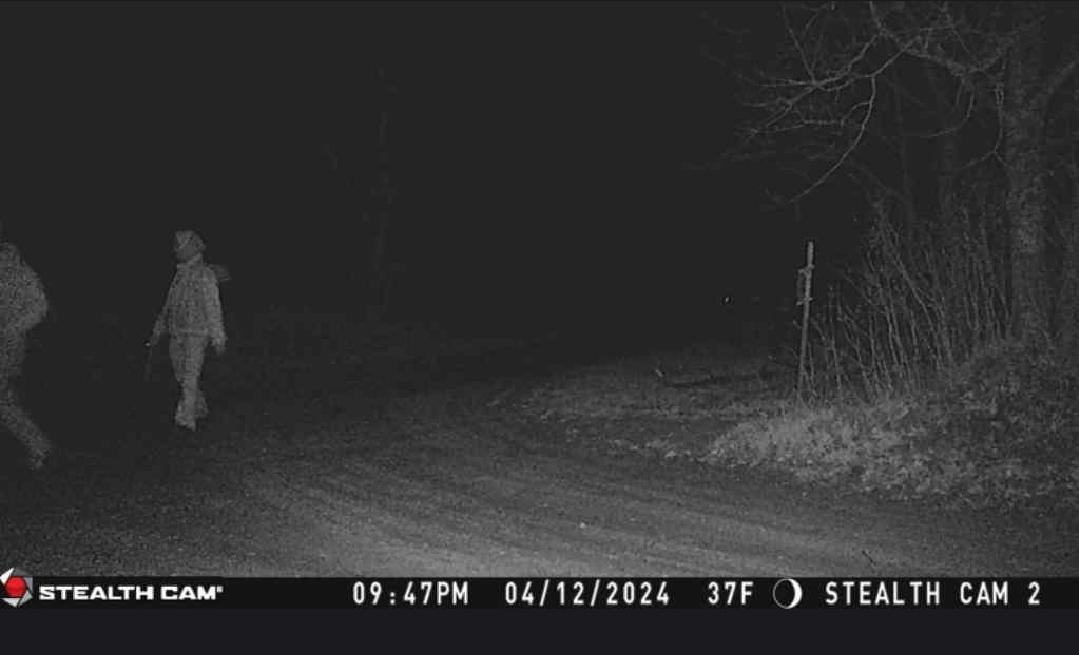
It was 1938 and 23-year-old Alan Lomax had already recorded hundreds of stories across the country.
That’s when the hired him to document the folk life across Michigan.
What he found was something so extraordinary it still holds strong roots across Northern Michigan to this day.
In part one of this special report, Corey Adkins introduces us to the man behind the influential findings.
“Alan Lomax is America’s most well-known folklorist. He is known as a song collector, someone who traveled all over and found people in rural environments and saw value in their cultural traditions, particularly music,” said Seth Bernard,.
On Sept. 3, 1938, in what is now the Union Street Station in Traverse City.
He had already been in Michigan for about a month.
Lomax had an infinity for the folk life of America. He set out to tell the stories of hard working people, people who usually wouldn’t get this kind of attention.
Seth Bernard, of Earthwork Music in Lake City, has studied Lomax.
“He came out here on an adventure and, from what he wrote, it really surprised him. He was blown away by the diversity of Michigan. He had never experienced territory that had so much richness and across the board,” explained Seth.
With eight reels of film, 250 discs and a presto recorder, he started his trip in Detroit in Aug. 1938, then soon made his way to the Mount Pleasant area.
“Mount Pleasant Lomax found some of the best lumberjack singers and there were some other folklorist on the scene that assisted him,” said Seth.
The songs from the Mount Pleasant-St. Louis area are about life, the hardships of working in a lumber camp. When you listen to these recordings, they are not perfect by any means, but that’s what makes them so special.
“For me, when I hear it, I hear the imperfections, like the scratchiness of the tone from the record or the vulnerability in people’s voices. It brings me further into it to hear that stuff, it makes me feel closer to the person singing and to the person recording because it wasn’t something they had a recipes for and crafted this thing in a studio,” explained Seth.
Through his travels, he kept hearing about this special place in the middle of Lake Michigan.
“Lomax heard some songs that talked about Beaver Island and lots of people started to tell him he needed to go to Beaver Island,” explained Seth.
So he did.
On Aug. 24, 1938 he hopped on a ferry and what he recorded is still is a part of the fabric of Beaver Island.
“So he was going out there and collecting these songs, and what he brought back was undeniably amazing and it’s a part of American culture that America should be proud of and the whole world has become fascinated with,” said Seth.
The is now on the Library of Congress website and also on iTunes.
Tuesday, we show you why his trip to Beaver Island is still very important to the islanders to this day.

© 2023 - 910 Media Group

